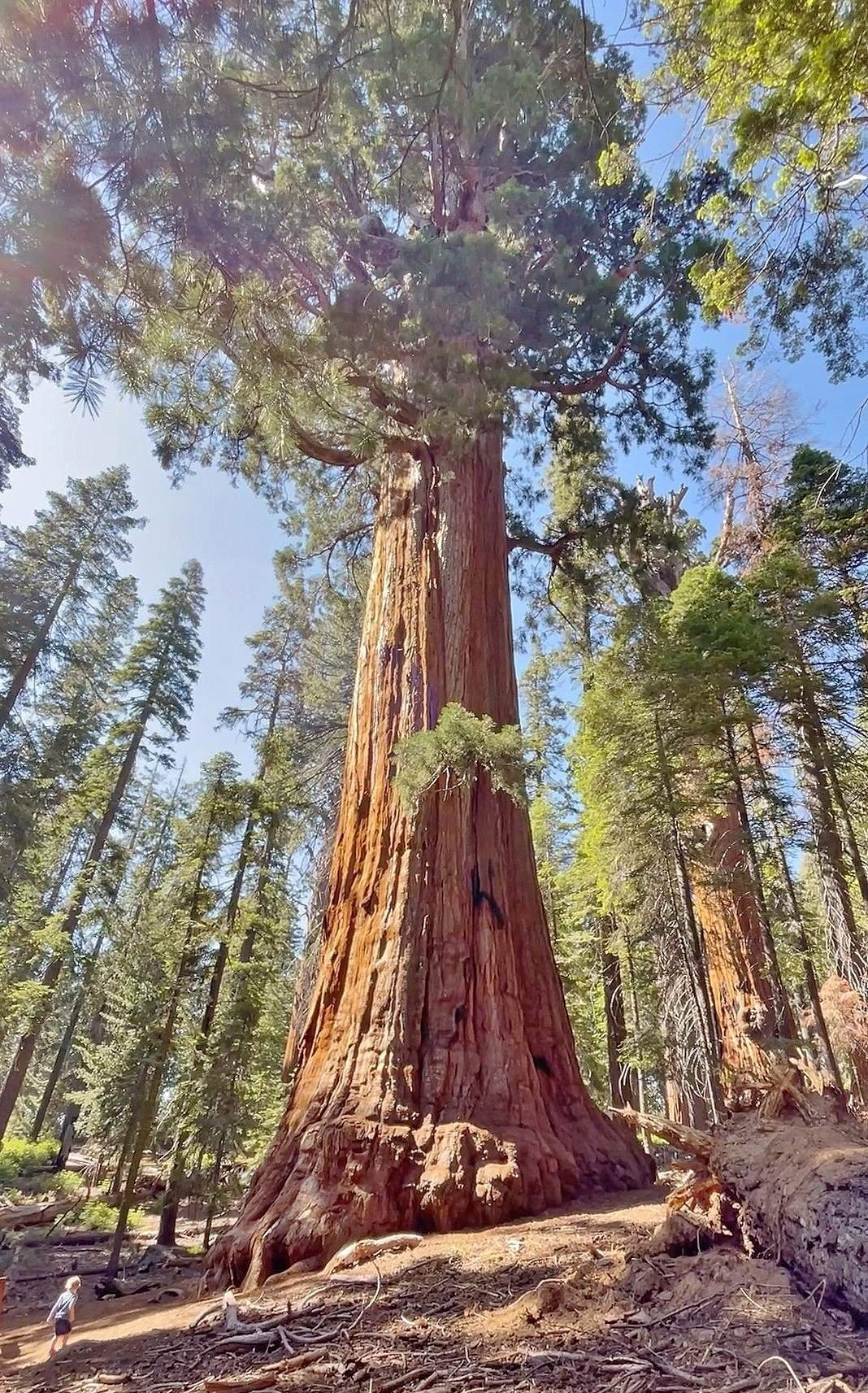The journey from Atwater to Morro Rock in Sequoia National Park offers a breathtaking experience for nature enthusiasts. While there isn’t a direct trail from Atwater to Morro Rock, visitors can explore the iconic Morro Rock Trail, which starts near the Giant Forest Museum. This 0.3-mile trail leads to panoramic views of the Sierra Nevada Mountains and the Great Western Divide. The hike involves a 250-foot elevation gain and features 350 steps to reach the summit at 6,725 feet above sea level.
What is the Best Route from Atwater to Sequoia National Park?

To reach Sequoia National Park from Atwater, California, follow these directions:
- Take CA-99 South towards Fresno
- Merge onto CA-180 East towards Kings Canyon
- Continue on CA-180 East/General’s Highway into Sequoia National Park
- Follow signs to the Giant Forest area and Morro Rock
The total distance is approximately 140 miles, and the drive takes about 3 hours, depending on traffic and road conditions.
How Long Does the Morro Rock Trail Take to Complete?

The Morro Rock Trail, while short, can take varying amounts of time depending on your pace and how often you stop to admire the views:
- Average time: 30-45 minutes round trip
- For photographers: 1-2 hours
- For families with children: 1-1.5 hours
Remember to factor in additional time if you’re starting from the Giant Forest Museum, which adds about 1.8 miles to your journey.
What Are the Best Times to Visit Morro Rock?
Timing your visit to Morro Rock can greatly enhance your experience:
| Time of Day | Advantages | Considerations |
|---|---|---|
| Early Morning | Less crowded, cooler temperatures | May have morning haze |
| Midday | Clearest views | Hottest part of the day, most crowded |
| Late Afternoon | Golden hour lighting | Increasing crowds for sunset |
| Sunset | Spectacular colors, memorable views | Very crowded, limited parking |
What Should I Pack for the Morro Rock Hike?
Essential items for your Morro Rock adventure include:
- Comfortable hiking shoes with good traction
- Water bottle (at least 1 liter per person)
- Snacks or energy bars
- Sun protection (hat, sunglasses, sunscreen)
- Camera or smartphone for photos
- Light jacket or layers (temperatures can change quickly at high elevations)
- Binoculars for wildlife viewing
Are There Any Safety Concerns for the Morro Rock Trail?
While the Morro Rock Trail is generally safe, there are some important considerations:
- Steep dropoffs: The trail has areas with significant exposure, so stay on designated paths.
- Altitude: At 6,725 feet, some visitors may experience mild altitude sickness.
- Weather: Conditions can change rapidly; check the forecast before your hike.
- Wildlife: Be aware of your surroundings and keep a safe distance from any animals you encounter.
What Other Attractions Are Near Morro Rock?
After visiting Morro Rock, consider exploring these nearby attractions:
- Giant Forest Museum: Learn about the park’s ecology and history
- General Sherman Tree: See the world’s largest tree by volume
- Congress Trail: A 2-mile loop featuring numerous giant sequoias
- Crescent Meadow: A beautiful alpine meadow with wildflowers in season
- Tunnel Log: Drive through a fallen sequoia tree
How Accessible is Morro Rock for Different Abilities?
Accessibility at Morro Rock varies:
- Parking: Accessible spaces available at Morro Rock and Crescent Meadow lots
- Shuttle: Wheelchair-accessible shuttles run from Giant Forest Museum in summer
- Trail: The stairway to the top is steep and not wheelchair accessible
- Viewing: Lower portions of the trail offer partial views for those unable to climb to the top
What Wildlife Might I See on the Way to Morro Rock?
The journey to Morro Rock offers opportunities to spot diverse wildlife:
- Black bears (from a safe distance)
- Mule deer
- Various bird species, including Steller’s jays and woodpeckers
- Marmots and ground squirrels
- Occasionally, bobcats or mountain lions (very rare)
Always maintain a safe distance and never feed wildlife.
How Can I Minimize My Environmental Impact While Visiting?
Practice Leave No Trace principles to protect Sequoia National Park:
- Plan ahead and prepare
- Travel and camp on durable surfaces
- Dispose of waste properly
- Leave what you find
- Minimize campfire impacts
- Respect wildlife
- Be considerate of other visitors
What Are the Park’s Regulations Regarding Morro Rock?
Important regulations to remember:
- No drones allowed in the park
- Pets are not permitted on trails
- Stay on designated paths to protect fragile ecosystems
- No climbing or scrambling on Morro Rock itself
- Pack out all trash and food waste
How Does the Shuttle System Work for Reaching Morro Rock?
The shuttle system operates as follows:
- Season: Typically runs from late May through September
- Frequency: Every 15-20 minutes during peak hours
- Route: Starts at Giant Forest Museum, stops at Morro Rock parking area
- Cost: Free with park admission
- Accessibility: Wheelchair-accessible shuttles available
On summer weekends, the road to Morro Rock is closed to private vehicles, making the shuttle the only access option.
By following this guide, you’ll be well-prepared for an unforgettable journey from Atwater to Morro Rock in Sequoia National Park. Remember to respect the natural environment, stay safe, and take time to appreciate the awe-inspiring beauty of one of America’s most treasured landscapes.
References:
1. National Park Service – Climb Moro Rock
2. Noah Lang Photography – Hiking the Moro Rock Trail
3. Flying Dawn Marie – Moro Rock & Hanging Rock Trails

